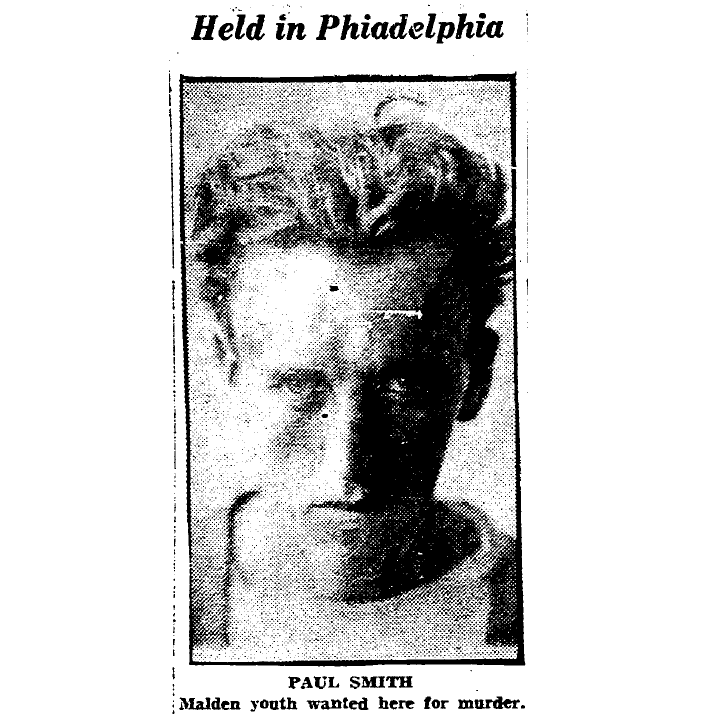It was the first week of 1930, and Melrose and its surrounding towns were on edge. They were in the grip of a crime wave. Three young armed men were committing robberies nearly every day.
On New Year’s Eve, they were on the Waverly Avenue Extension—today’s Slayton Road (image one)—where they robbed Edwin Stillman, age 70, in a daring and traumatic home invasion. On New Year’s Day, they were on Swains Pond Avenue (image two) and attempted to rob a parked motorist, Edward Modeen. Modeen sped away, his car showered with gunfire.
The next day, they stopped to eat at a “negro lunchroom” on Route 1. It was owned by Joseph Fendell and his wife, Jennie. Fendell had come up from Maryland and was 64 years old. He had worked for years as a janitor in Boston, before moving to Swampscott and opening the restaurant in Saugus.
The men sat down at the counter, ordered their food, and ate calmly. When Fendell gave them the bill, they refused to pay, and drew their weapons. Fendell, in a panic, threw a pot of boiling water at one of the men; he in turn shot Fendell four times, killing him. A passing motorist who had heard Jennie Fendell’s screams alerted the police. An extensive manhunt ensued, and all three suspects were eventually caught. Two of them, both aged twenty, received life in prison; a sixteen year old was sentenced to sixteen years.
Did the gang choose to rob Fendell because they believed a Black man would be more vulnerable or less likely to report a crime? Did they shoot him because they thought his Black life was worth less? Probably.
In the years following the release of “The Birth of a Nation” in 1915, a pernicious myth was spread that Black men were naturally more violent and prone to crime than white men, and were a threat to white communities.
Some people still believe this.





No comments:
Post a Comment